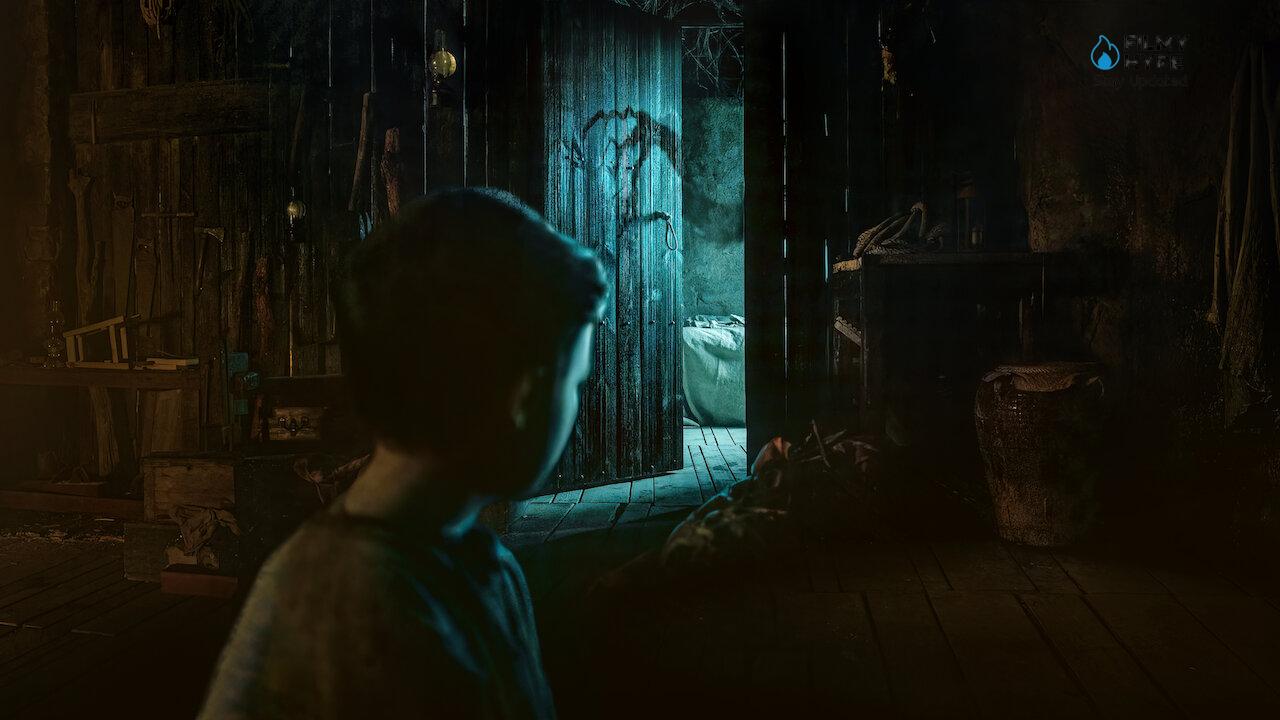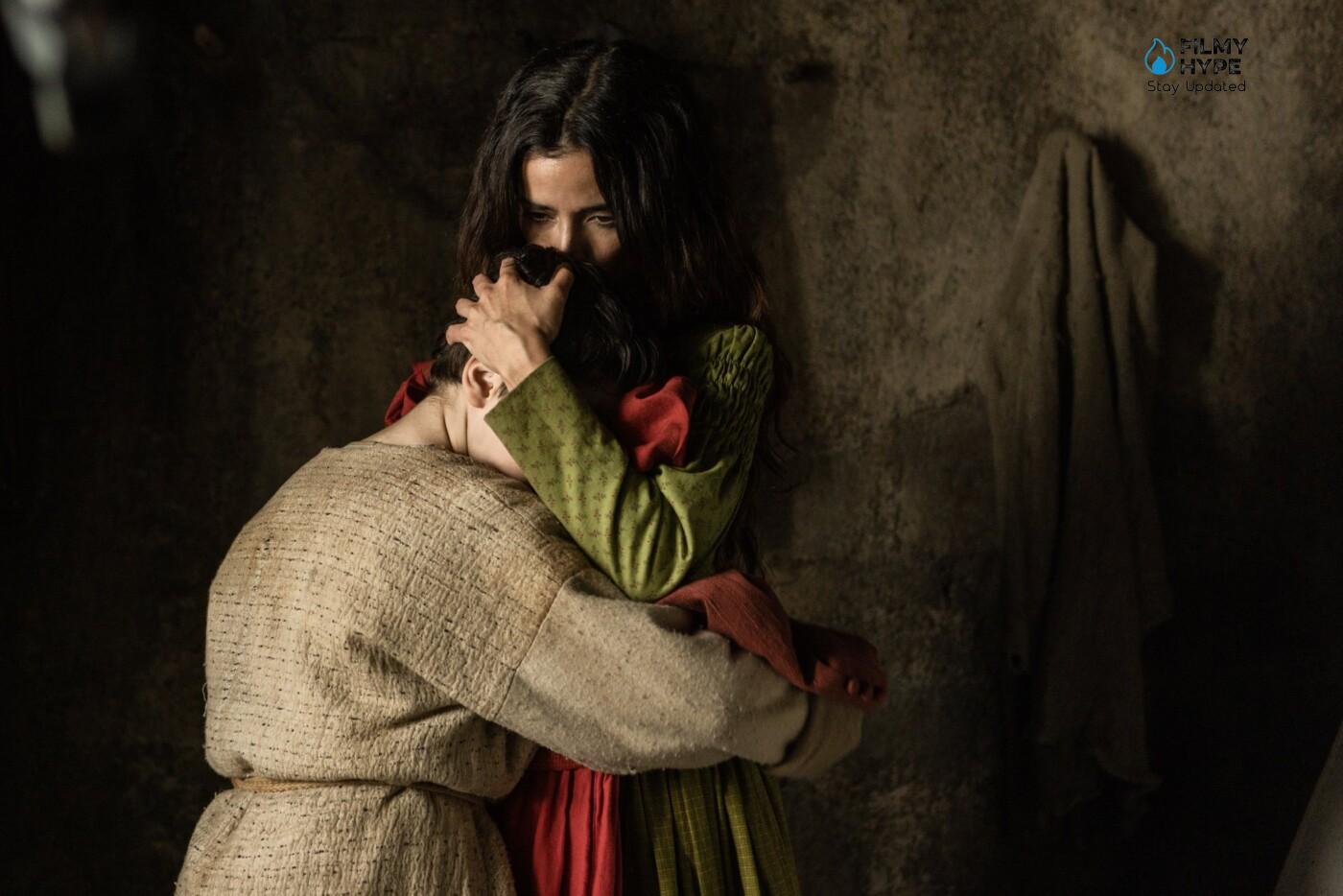The Wasteland Ending Explained: Did The Mother Die? Will Diego Kill The Beast? Is The Beast Real?
The Wasteland (El Páramo) has been Netflix’s gift of kings and, as such, many have sat down to contemplate this Spanish horror film with Inma Cuesta, Robert Álamo and Asier Flores after unwrapping their gifts of kings. It is, or was, one of the most anticipated movies of Netflix this 2022. The first thing we must say about The Wasteland (El Páramo) is that a more appropriate title would be “The Beast.” Thus, at least, it has been released internationally. But the Spanish version of The Beast was already taken By Daniel Casademunt himself. The newcomer director expands his 2018 short film The Beast with The Wasteland (El Páramo), the story of a boy and his family, alone in a lonely house, who see how a beast gets closer to them every day.

We have to say that The Wasteland (El Páramo) suffers with this extension of footage between short and long, and that it does not seem to have enough padding to its base idea for about 91 minutes, which seems more. Perhaps because of that, or simply because of their ambivalence, many people end the film without knowing exactly what has happened.
The Wasteland Ending Explained: Did The Mother Die?
Casademunt’s film places us in a strange Spain of the 19th century. With no specific year or place, the film tells us that wars and eternal conflicts have led many to isolate themselves from society. From then on we meet the main family, a father played by Roberto Álamo, a mother played by Inma Cuesta and Asier Flores child, the one in charge of leading the viewer by the hand in the film. It didn’t take long to discover that the film is not based on realistic human or war horror. The house is not surrounded by goats but by scarecrows that seem closer to voodoo or magic.
The family also has an insane habit of singing and playing around terrifying stories, just as in the Hitchcock movies they kept talking about crimes. However, there is only one story that really scares them, that of a beast that only the affected person sees, that gets closer and closer every day… Until you die. The first thing we have to remember, although perhaps it is a clumsiness of the script, is that the character of Roberto Álamo tells how the beast caught his little sister, that he was a witness and that, therefore, he knows that it is real and believes in her. However, before telling the story she makes sure that we know that her sister was abused and beaten by her parents.
From here the film plays with the ambivalence between monstrous terror and mental illness that leads to suicide. In an era in which we are sadly ravaged by mental illness, in the midst of a wave of confinement and loneliness, of famous or anonymous suicides, it is not difficult to see where the real reading of this fictional beast is going.
Will Diego Kill The Beast? Is The Beast Real?
The film continues with a wounded man who arrives and soon commits suicide and a father who leaves and does not return or returns in the form of a beast Mother and son isolate themselves more and more for fear of the creature. First in the field, then in the house, and finally in a room. The sister jumped out of the window into the void (it is seen that the only rural house with more than two floors that existed at that time), the wounded man blew his head off with the shotgun and the mother hanged herself and then slit her neck. They are suicides but caused by a long black beast that we never get to see clearly.
In the final images we see how the son leaves the grounds behind next to his mother’s corpse, which he soon abandons in the river, to head towards the open world, alone, and with the reflection of the beast in his eyes. It is an interpretable ending, but we must think about certain details that the father tells us when he tells the story of the beast. The first and most important is that the beast approaches those with fear, those who feel alone and defenseless, who fear it, and feeds on its terrors and ills. This fits with the obvious and explicit reading of mental illness and depression. For something the beast kills with suicides and not with claws and fangs.

It also tells us that once the beast has been seen there is no escape, that every day it is closer and closer, until it reaches you. With the protagonist having seen and facing her, with his reflection in his eyes, we might think that the child has it raw. Even without a beast, we see few options for him, an orphan and hungry in that wasteland. However, having been able to get the courage to face it, as well as to cross the borders in which he was isolated all the life he remembers, should make us see that this child is no longer exactly the kind of victim from whom the beast can feed. I mean, hope … But not much.
We will not discuss whether the beast is real or the characters are raving because, as a story halfway between horror and psychological thriller, the film always walks between realism and fantasy. Also, because a monster with claws that you can hit with a shotgun is far less terrifying than depression or the resulting suicidal tendencies, loneliness or isolation. We want to understand it more or less literally, it is clear that The Wasteland (El Páramo) is a dark film that sets its history in the 19th century but feeds its terror of present evils. Whether the beast follows and reaches the child or not depends on whether we are of those who see the glass half full or half empty.



